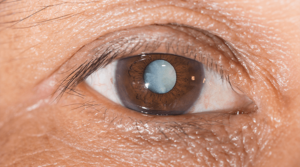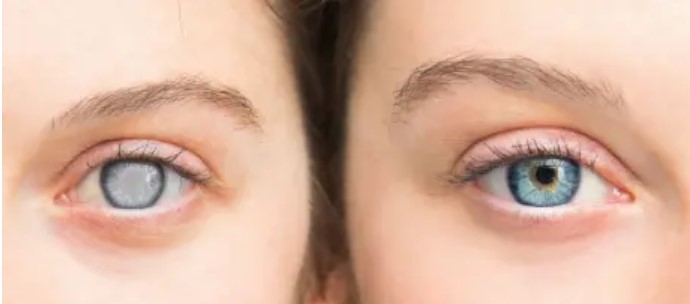Alyson Hall, MD, a private practitioner in Bowie, Maryland, discussed additional factors and the significance of overall health in this patient population. Glaucoma IOP lowering is almost at the level of art; however, despite IOPs around 10 mm Hg as a result of medical and surgical approaches, glaucoma continues to progress in about half of patients.
The only proven treatment, according to her, is lowering IOP. “However, glaucoma may be caused by a wide range of other causes.”These include oxidative stress, autoimmune, autoimmunity-related toxicity, and dysregulation of the vascular system. Hall counsels patients to make lifestyle adjustments that could slow the course of glaucoma. The benefits of factors including nutritious diets, well-controlled blood pressure, and exercise may help prevent advancement, she said, even if no significant research has demonstrated that these factors are implicated in glaucoma prevention.
 Diet factors and glaucoma
Diet factors and glaucoma
She pointed out that diet can help reduce IOP as well as the occurrence and progression of glaucoma.
Obese patients experience oxidative stress in their bodies, eyes, and blood flow dysregulation, according to Hall. Additionally, the aqueous outflow is impeded by increasing orbital fat. It’s crucial to keep a healthy weight.
Antioxidants, for instance, can assist to slow the onset and progression of age-related macular degeneration in individuals.Hall said, “Whatever is healthy for the heart is excellent for the eyes.”
It has been demonstrated that women who take vitamins A and C are less likely to get glaucoma.
Green leafy vegetables contain nitric oxide, which is crucial for reducing the risk of glaucoma.
Since excessive alcohol consumption was positively correlated with the onset of glaucoma, the Framingham Eye Study found that it had the reverse impact.
Low to moderate alcohol consumption, however, may have a protective impact. Although no connection to glaucoma has been proven, caffeine may accelerate aqueous production and produce momentary elevations in IOP. Patients who regularly drink tea are less likely to develop glaucoma, and tea may reduce oxidative stress and enhance blood flow.
Exercise for glaucomaThe intensity and duration of exercise both have an impact on ocular perfusion and IOP, with intensity being believed to be the more crucial factor8, according to Hall.
Certain circumstances call for caution, such as the fact that strenuous exercise can raise IOP in people with pseudoexfoliation glaucoma and that swimming goggles can do the same for people with normotension glaucoma. It’s interesting that scuba diving masks have no deleterious effects on IOP. However, diving may quicken the glaucoma’s rate of progression.
Yoga practitioners should be cautioned to stay away from head-down positions.
Inversion, according to Hall, “increases choroidal thickness and episcleral venous pressure.”
Maintaining a balanced diet is crucial, said Hall. Exercise and maintaining a normal blood pressure can slow the progression of glaucoma and improve patients’ quality of life.
The lecture Hall gave at the recent annual meeting of the American Society of Cataract and Refractive Surgery in Washington, DC, served as the basis for this article. She is not financially involved in this topic.
Hypertension and glaucomaThe optic disc has been found to deteriorate with time as a result of arterial blood pressure. Researchers from Duke University found that the loss of the retinal nerve fiber layer occurred more quickly in eyes with lower mean arterial and arterial diastolic pressures. 7 According to Hall, compensatory vasoconstriction occurs in patients with low blood pressure, but high blood pressure can lead to atherosclerosis. Blood flow is hampered in both situations, she claimed. Patients who have nocturnal hypotension typically fare worse. Additionally, Hall recommended practitioners discuss the proper dosage of medications with the patients’ cardiologists and primary care physicians. The identification of patients with severe variations in blood pressure levels may be possible with 24-hour blood pressure monitoring.

No Comments
Leave Comment